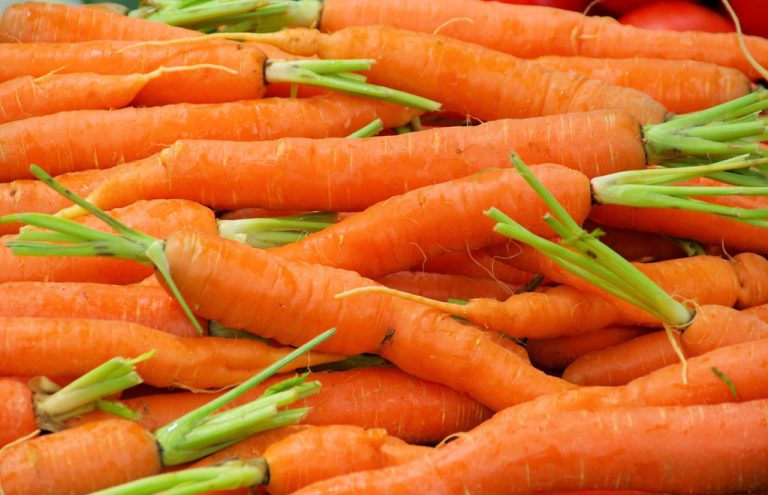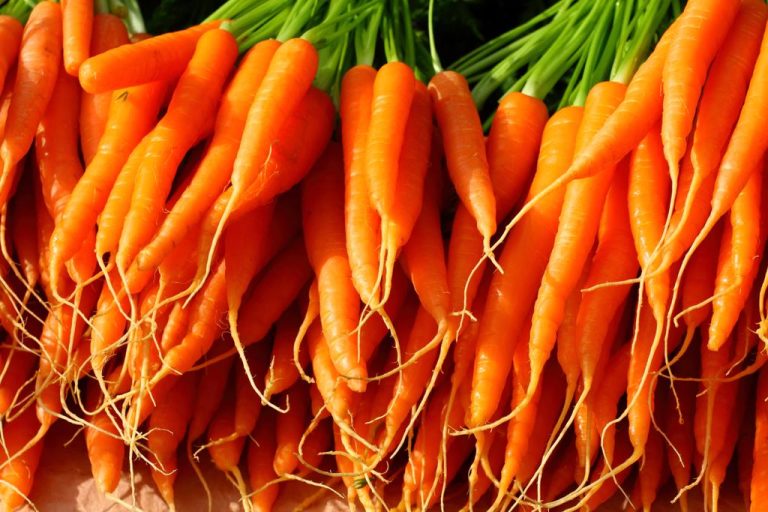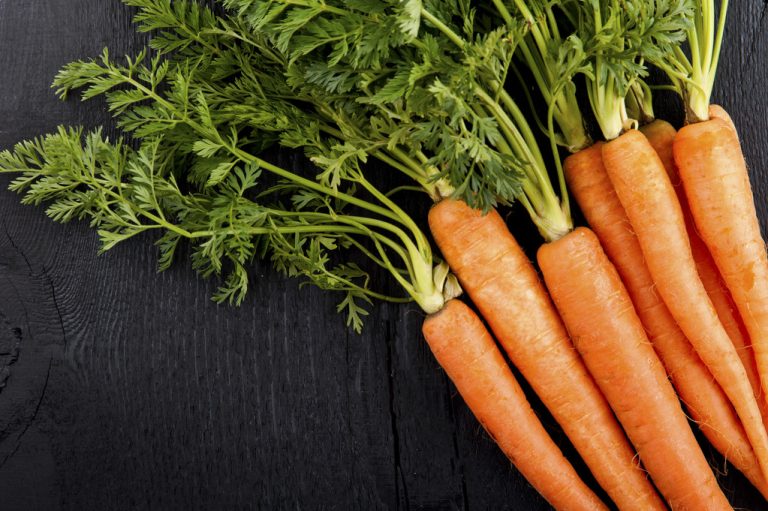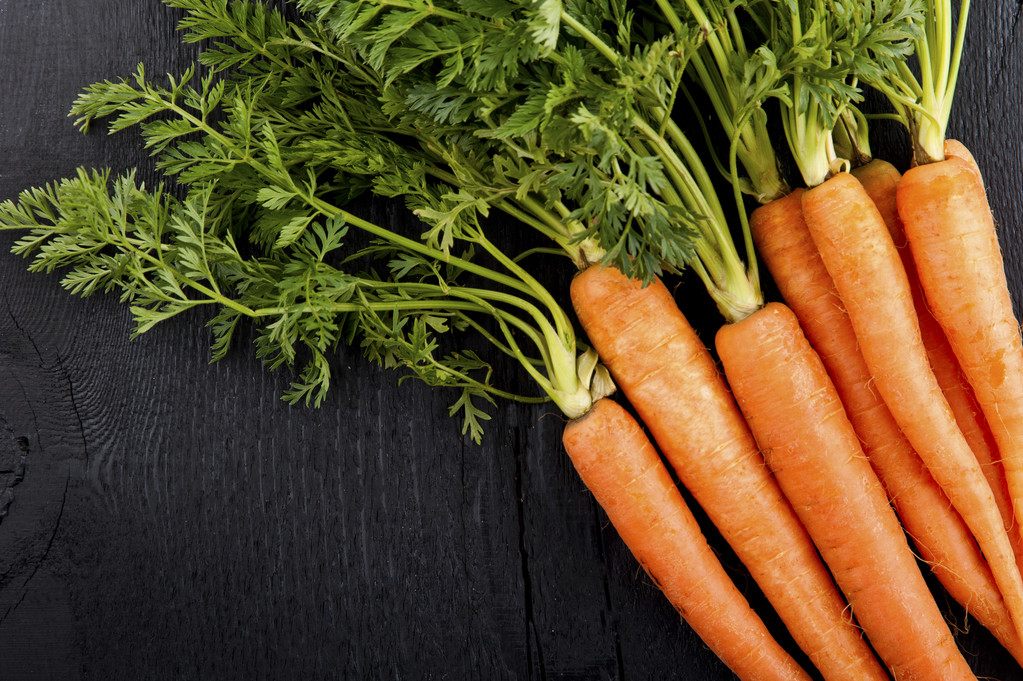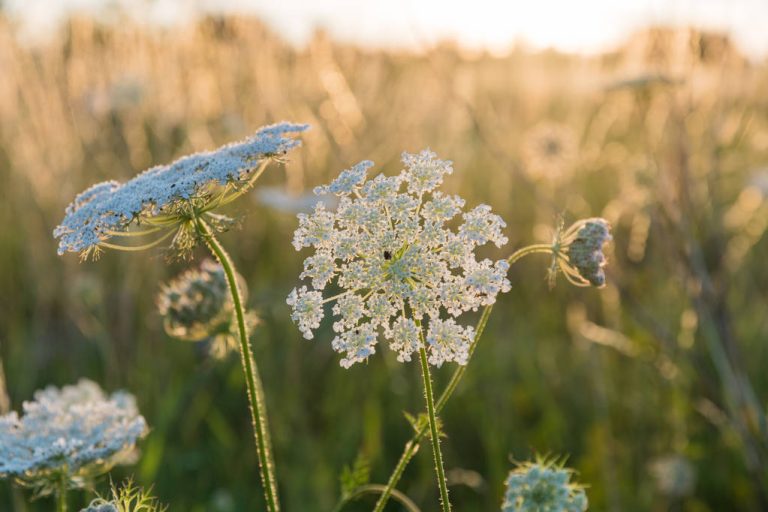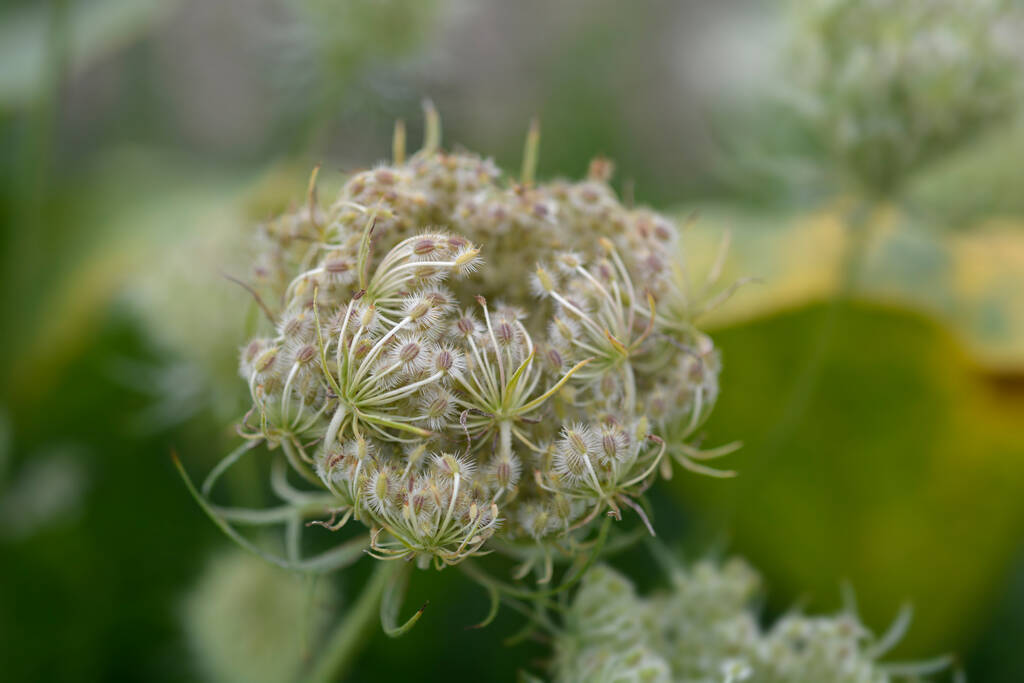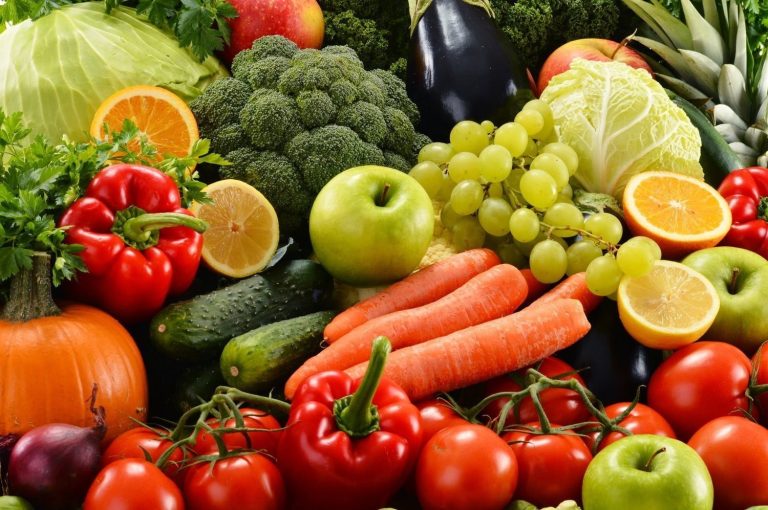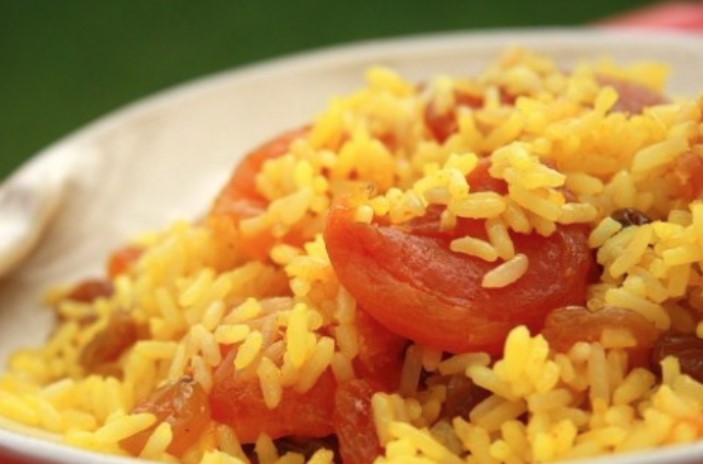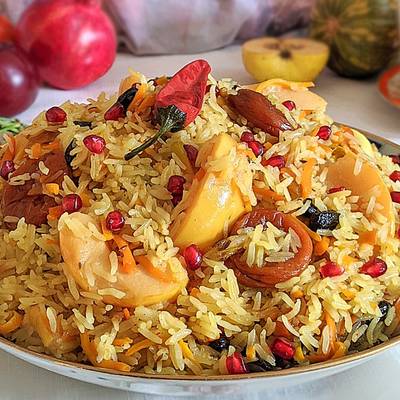Carotenoids are natural pigments that give carrots their orange color. They are also essential nutrients. Here you can find out what they can do and where you can find carotenoids.
Carotenoids and Vitamin A
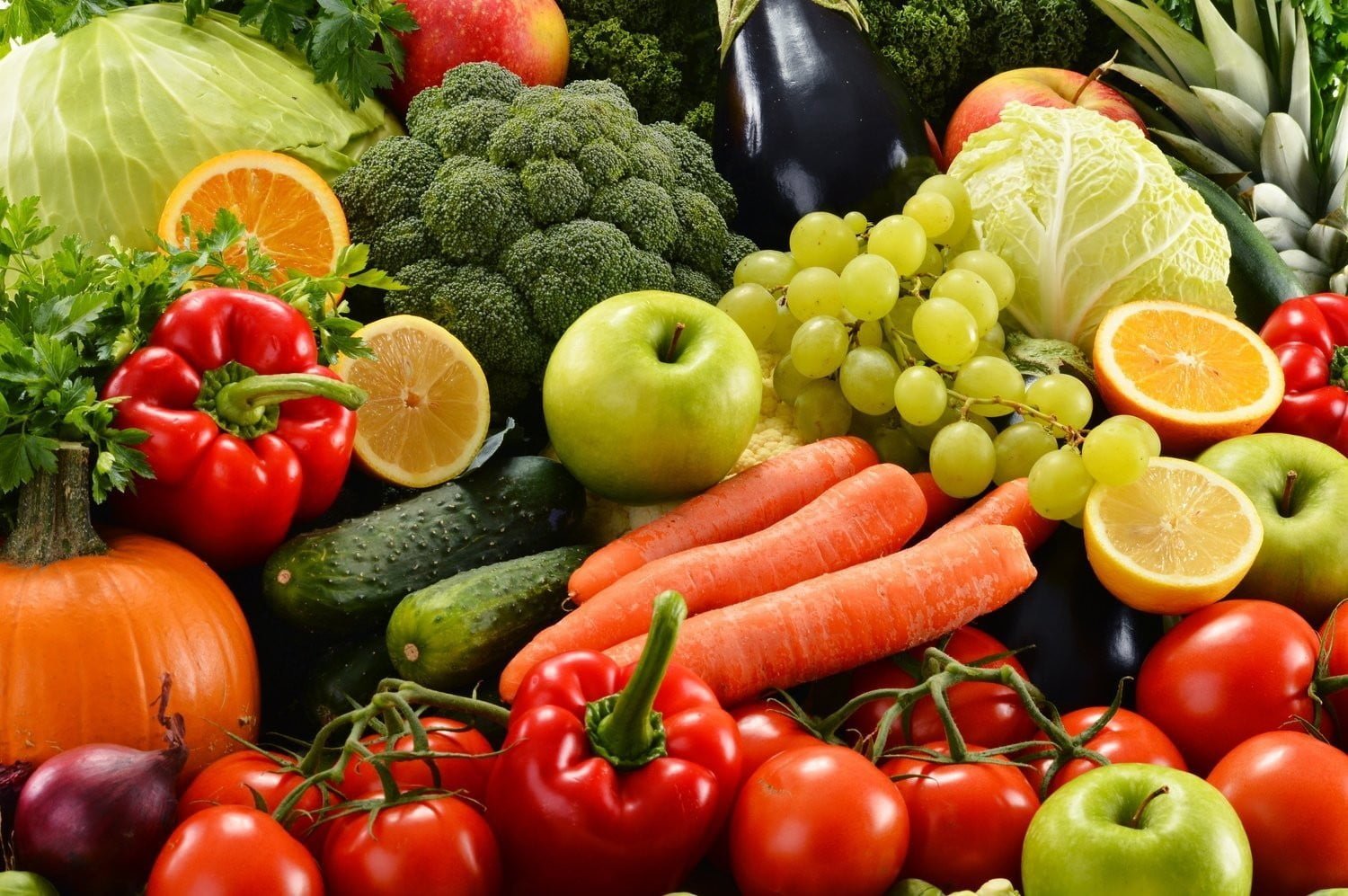
Carotenoids are a whole group of phytochemicals. According to the medical portal DocCheck, over 1,000 different carotenoids are known in the plant world. The plant substance is fat-soluble pigments that color plants from yellow to red. The color of fruit or vegetables gives you an indication that they might contain carotenoids. Yellow, orange or red fruits and vegetables are usually rich in carotenoids.
But there are exceptions. Carotenoids can also be found in green leafy vegetables. Here the green leaf pigment covers the reddish carotenoids.
Of the numerous carotenoids in the plant kingdom, six are vital for the human organism:
- alpha and beta carotene
- lycopene
- lutein
- cryptoxanthine
- zeaxanthin
Carotenoids – here they are contained everywhere
Of the carotenoids, beta-carotene is the most common in our food. The German Society for Nutrition (DGE) explains that the body can process beta-carotene most easily.
You can find beta-carotene in a variety of different vegetables and fruits. According to the DGE, the following foods are good sources of the plant substance:
Vegetables: carrots, sweet potatoes or squash.
Fruit: apricots, honeydew melon, but also persimmons or persimmons.
Leafy greens: kale, spinach, or lamb’s lettuce.
These vegetables also contain essential carotenoids:
Tomatoes: they mainly contain lycpoin.
Paprika or chili: here the carotenoid capsanthin not only provides the color but also the spiciness. You can use the hot chilies in a peach chutney with tomatoes, for example.
Maize or einkorn: Maize and the ancient grain einkorn contain zeaxanthin. You can make a protein-rich snack yourself from roasted corn.
With these recipe ideas you bring the healthy carotenoids to the table:
Stuffed Pumpkin: A recipe with spinach and feta
Kale: vegetarian recipe ideas to cook at home
Tomato and polenta casserole: A simple recipe
Paprika vegetable recipe: This is how you prepare it deliciously
Oil or fat is an important ingredient when preparing meals containing carotenoids. Carotenoid is a fat-soluble plant compound. The fats make it easier for the body to absorb the substances. According to the DGE, 2.4 to five grams of fat per meal are sufficient. Fry the vegetables with a little oil or serve creamy quark with the fruit salad. The vegan solution is to add some linseed oil to the dressing.
The carotenoids are essential nutrients
Carotenoids are an essential nutrient for humans. The body needs the plant substances, among other things as a precursor for the vital vitamin A (retinol). The medicine portal Netdoktor explains that vitamin A is important for healthy bones, teeth and eyes. It is further involved in the structure of the skin and plays a role in the development of the fetus during pregnancy.
To ensure an adequate supply of the important vitamin A, the human body has two options:
Carotenoids from plant food – They are a precursor, also called provitamin A. The body then uses it to build vitamin A itself.
Get vitamin A from foods of animal origin. The organism of animals also builds vitamin A from carotenoids in vegetable feed. That is why ready-made vitamin A is already contained in cheese, milk or meat products, for example.
Carotenoids are much more than just a precursor to vitamin A. They themselves are also involved in important functions in the body:
One study found that the retina of the eye contains carotenoids such as lutein and zeaxanthin. Beta-carotene is also necessary for vision.
Carotenoids strengthen the immune system and act as antioxidants. They help keep body cells intact. This is what DocCheck calls beta-carotene or lycopene in connection with cancer prevention. Studies indicate, for example, that lycopene could reduce the risk of prostate cancer.
Carotenoids are part of the human pigment melanin and are therefore involved in the formation of the color of skin, hair and eyes. The pigmentation acts as a natural protection against UV rays.
Carotenoids in a vegan diet
The body can usually cover its vitamin A requirements well with the carotenoids from plant-based food. The DGE explains that there are no thanks for a vegan diet and healthy fat digestion.
But there are exceptions: If fat digestion is disturbed or you have problems with the pancreas, you should seek medical advice to be on the safe side. This also applies if you have an increased need for nutrients, for example if you are pregnant or breastfeeding.
Oversupply and undersupply of carotenoids

Don’t worry about oversupply. The DGE explains that too much carotenoid from natural sources is hardly possible. In addition, no health risks were found when carotenoids were ingested through vegetables and fruit. For this reason there is no limiting value.
On the other hand, there is a maximum amount for beta-carotene as a coloring agent (E 160a). It can be added to foods such as fruit juices, butter, margarine or cheese. The European Food Safety Agency (EFSA) has set a minimum amount per day for this. The tolerable amount is six to 15 milligrams a day.
The DGE also points out that improper intake of high-dose vitamin A or beta-carotene in food supplements can cause long-term vitamin A intoxication (poisoning) with liver damage.
Vitamin A deficiency is extremely rare. According to the DGE, a deficiency in our latitudes can usually only be caused by illness. For example, in the case of chronic intestinal diseases or severe burns, the body has an increased need for vitamin A. Symptoms that can indicate a deficiency are very dry skin and mucous membranes as well as loss of appetite or night blindness.



